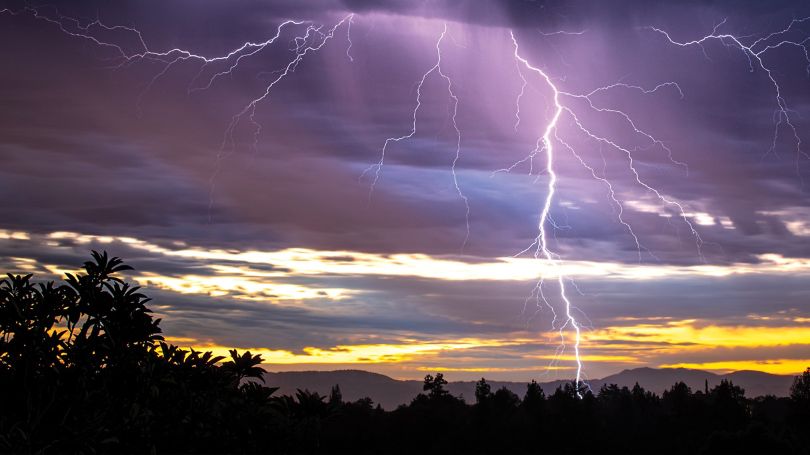A single flash of lightning strikes an aging conifer. Flaming embers fall on dry organic matter on the forest floor below. It spreads across a canopy of trees, as a fast-moving wind whips it up far and wide. Its sheer ferocity creates its own weather system. Suddenly, it approaches a large community, displacing its citizens, and consuming entire neighbourhoods. The devastation is felt here and afar, as smoke blankets cities hundreds of miles away.
Making international news, 2023 brought a destructive summer to Canada – with wildfires raging in provinces from B.C. to Nova Scotia. By understanding the nature and impact of them, we can be better prepared to prevent and mitigate the damage they cause.
What causes wildfires?
All it takes is ignition, fuel, and dry weather. Ignition can either be a flash of lightning or can be human caused. However, with fire bans and better education, less than half of wildfires are due to human activity. As for fuel, Canada is abundant in it. In fact, “with almost 362 million hectares (ha), Canada ranks as the country with the third-largest forest area in the world”. Dry, hot weather is the last ingredient…conditions we’re still feeling in the middle of winter. According to one news report, in January, “more than 100 ‘zombie fires’ were actively burning in British Columbia — holdovers from last summer that typically go dormant over winter”.
What is the human cost of wildfires?
Wildfires present a clear danger to health and safety. Sadly in 2023, two firefighters lost their lives to wildfires. From a health perspective, long-term exposure to smoke harms the young, elderly, and those with respiratory conditions like asthma. There’s also the emotional cost of losing a home, and everything in it to a fire. We’ve also witnessed the fear and anxiety of entire communities forced to flee wildfires. By early July 2023 “More than 150,000 Canadians have been forced to leave their homes”.
What is the financial cost of wildfires?
The displacement of people from their homes comes with a great financial burden. For example, in August 2023, all of Yellowknife’s 20,000 residents were forced to evacuate. Some were fortunate to have friends and family to stay with in Edmonton, Calgary, and beyond. However many had to find lodging elsewhere. Three weeks later, everyone returned home, “to refrigerators filled with spoiled food”. The costs become even more astronomical when you consider the loss of homes consumed by fire. In British Columbia alone, “Two wildfires in the southern interior caused more than $720 million in insured losses”.
What is the environmental cost of wildfires?
In 2023, 18 million hectares of land burned in 2023 Canadian wildfires, destroying ecosystems that will take decades or more to recover. Additionally, according to an article from Phys.org, “Hundreds of forest fires since early May have generated nearly 600 million metric tons of CO2, equivalent to 88 percent of the country's total greenhouse gas emissions from all sources in 2021.” The immediate and long-term environmental costs of wildfires are earth shattering.
What can you do about wildfires?
Because of their unpredictable and unrelenting nature, it would be easy to feel helpless in the face of wildfires. But there are things you can do to help protect yourself and prevent or mitigate damage to your home. To learn how to prepare yourself, stay safe, or recover from a wildfire, visit www.aviva.ca/WildfirePreparedness. You can also check out our companion blogs, “Safe from the flame: how to survive a wildfire” and “Safe from the flame: how to protect your home from wildfires”.

